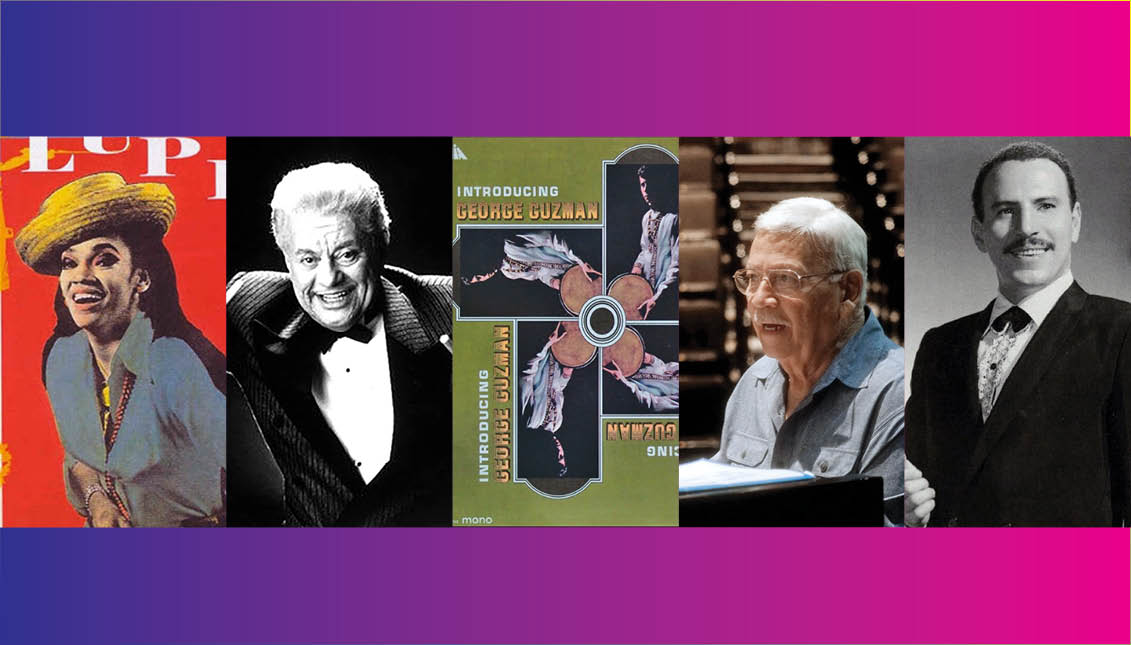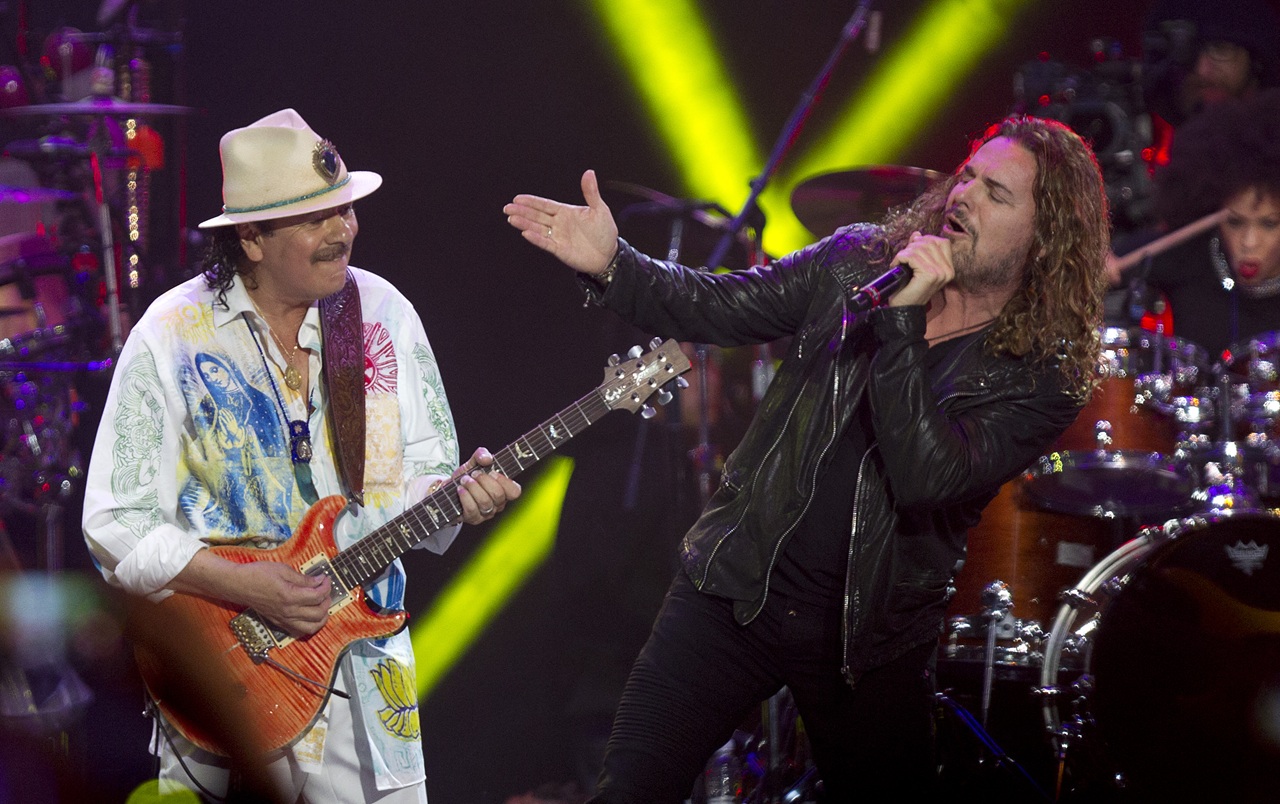
Top 5 of the best boogaloos
Top 5 of the best boogaloos
In the 1960s Chubby Checker released Dancin' Party (1961), the Rolling Stones (I Can Get No) Satisfaction (1965) and Steppenwolf, Born To Be Wild (1968). Latinos in New York did not escape the influence of rock 'n' roll and adapted it to their orchestras and roots.
That's where boogaloo came from, a genre somewhere between rock and salsa, which would later give way to what we know today as salsa brava. With many English lyrics -frequently sung with a strong Latin accent-, congas and aggressive brass, boogaloo (or bugalú) is one of the jewels that Latinos in the United States have given us.
Joe Cuba, whose name was Gilberto Miguel Calderón Cardona, was a New Yorker born to Puerto Rican parents. He was called the Father of Boogaloo and Bang! Bang! with lyrics that speak of nothing at all, was one of his most popular songs.
RELATED CONTENT
Soy el rey came out in 1966, two years after Pete Rodriguez returned from Navy service. Pete Rodríguez became well known for this album, whose most popular song is I like it like that, but Soy el rey ("I am the king") is just as catchy and a brazen and well-deserved statement of his authority on the genre.
George Guzmán was one of the best congeners of his generation, yet nowadays he is a rather unknown figure in the Fania All Stars. Guzmán was known for introducing more elements of jazz into boogaloo and thus softening its aggressiveness a bit. In Marilu, Summertime's trumpet gives way to the most characteristic boogaloo percussion and piano.
La Lupe was one of the women who marked the origin of salsa, along with Celia Cruz. With an irreverent style and songs that always show an intense emotionality, Fever reinterprets Peggy Lee's classic, going from singing in English with a strong Latin accent to singing in Spanish with a rhythm closer to that of salsa and then in an opera-like style.
Tito Puente, the King of the Timbales, is another giant of Latin music born in New York, son of Puerto Rican parents. He irreversibly marked how the timbales of salsa would sound, and in TP Treat are felt part of the virtuosity of Tito Puente and his orchestra along with the strange and histrionic vocal maromas he performed.











LEAVE A COMMENT: